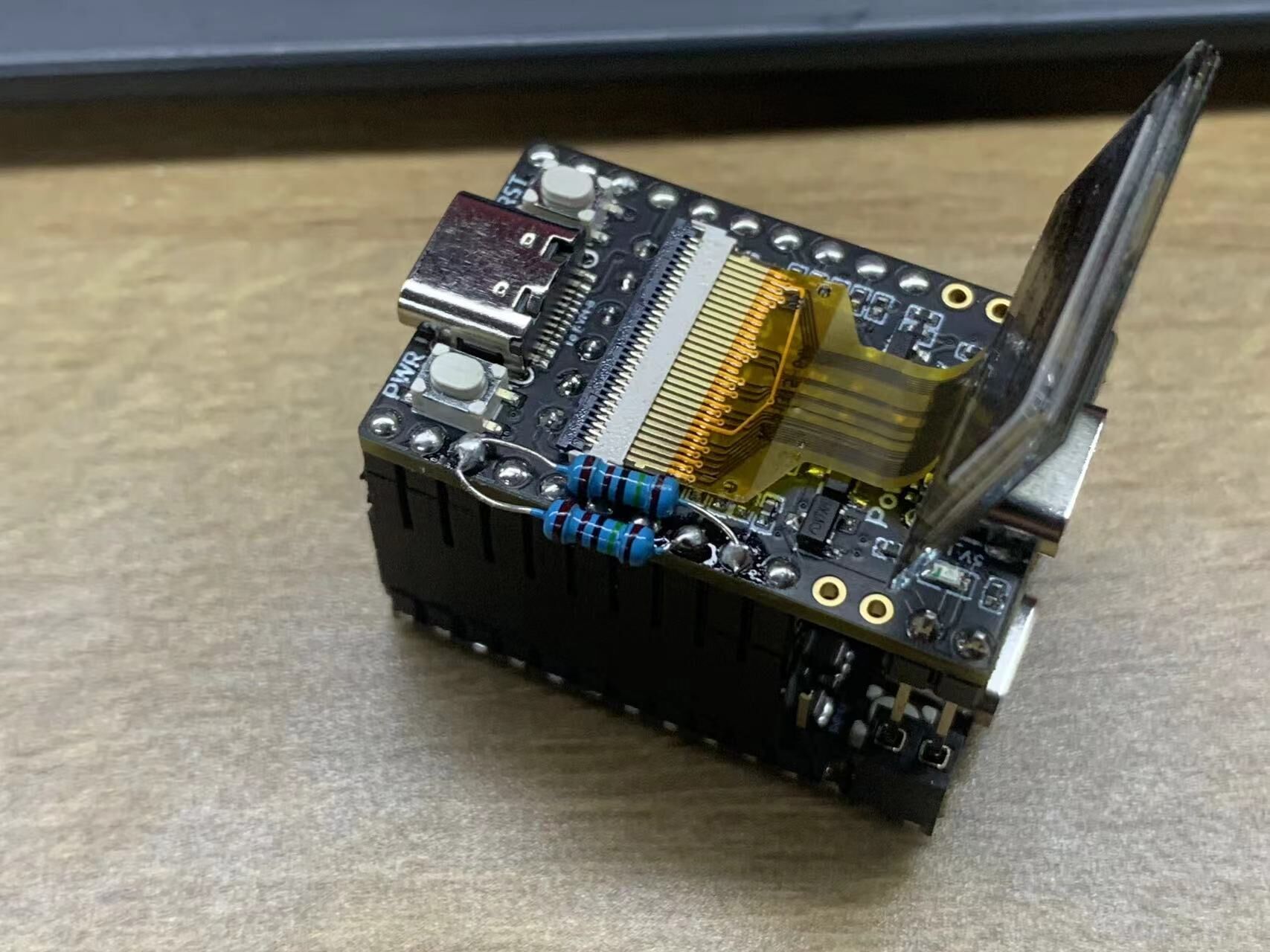Funnily enough, I recently ran into the same problem, only to find that the USB connector wasn't all the way in.
However, it wouldn't hurt to take a look at your USB devices and see if the keyboard is recognized. On Linux, you need to type lsusb in the terminal and look for flyingrtx licheervnano. If there is such a device, you may have to click the mouse button in the webUI and select "Reset HID" several times. In other cases, you may need to restart the daemon (see wiki, use Google Translate) or even reboot the KVM completely (please note that it would send a reset signal for some reason if you have the Full version with the ATX-B board wired and plugged in).
The software is not mature yet, but they're slowly open sourcing it, so hopefully people can iron out such bugs.

So, I'm connecting the NanoKVM to my server. The first time I tried, it worked. It has since offered an update to v1.9.1, and I also copied some .ISO files to its internal storage. Now I tried again, and I can't get it to connect the keyboard on the remote PC. It won't type anything, either direct keyboard input, or through the soft keyboard.
Is there any way to troubleshoot this?